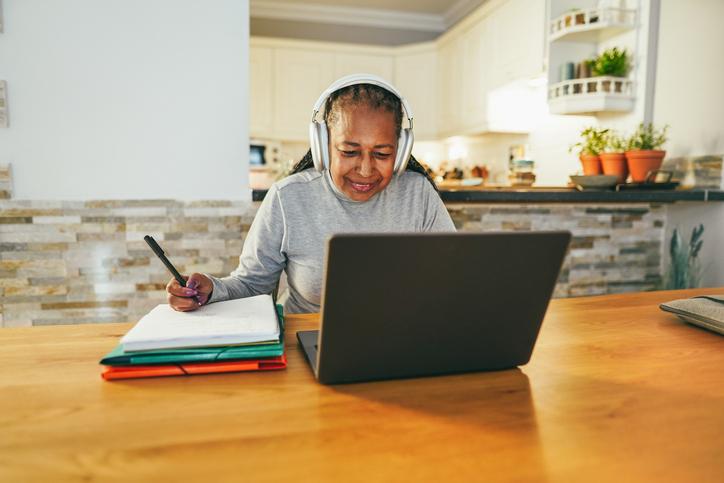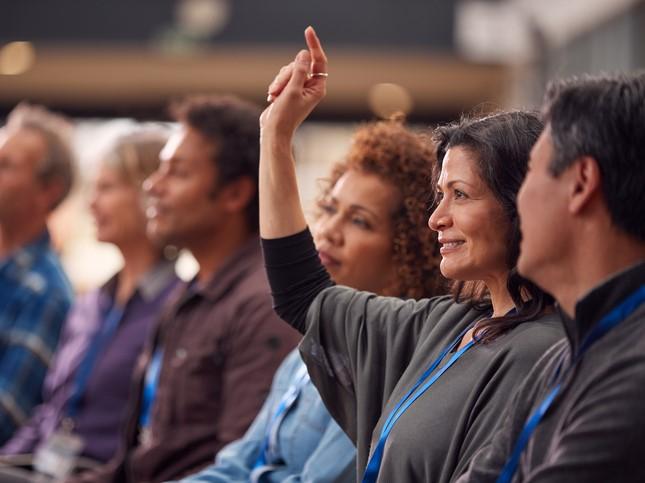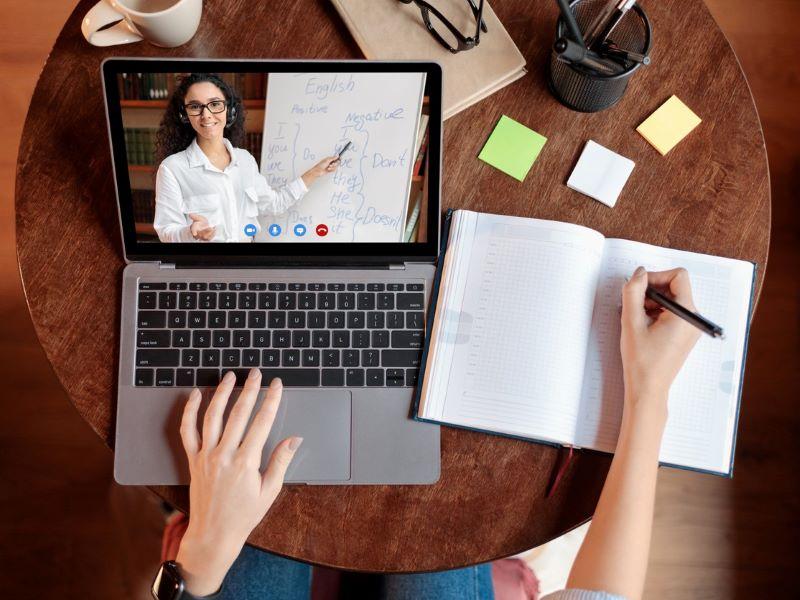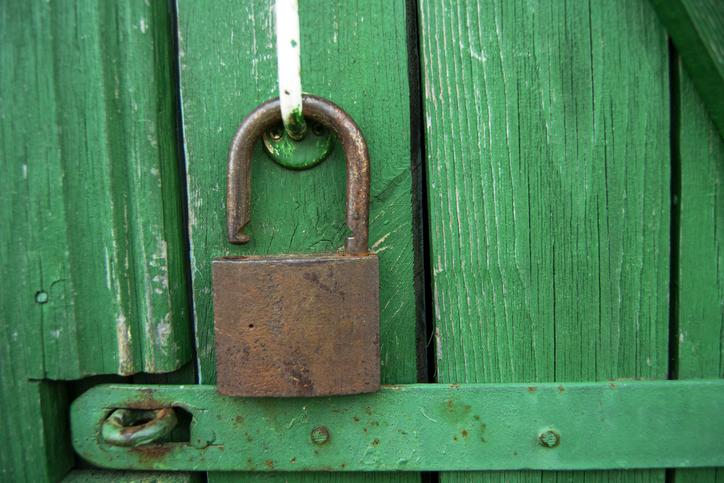Universities invest considerable time and resource in developing high-quality media for teaching and learning, so it’s important that these materials are sustainable and reusable and can reach the widest number of students and learners. However, use of media resources can be limited by copyright restrictions. Media that includes licensed third-party content, such as images, audio and music, may be used only in closed teaching spaces, for a fixed period of time, or with a limited number of learners.
A great way to ensure that your teaching and learning media can be widely reused in a broad range of contexts, without concerns about infringing copyright, is to develop them as open educational resources (OER).
OERs are teaching and learning materials that have been shared under an open licence, such as a Creative Commons licence, that enables them to be freely reused, repurposed, adapted and redistributed.
- A guide to using open educational resources: an experiential case study
- Tips for creating open-access digital courses focused on tackling the climate crisis
- Instructional design advice: how to translate your academic knowledge into an effective online course
OER can benefit teachers and learners the world over, but they can also benefit universities by ensuring that the teaching and learning materials they create are sustainable and reusable.
As part of the University of Edinburgh’s commitment to widening access to high-quality online learning opportunities through open education and OER, we have shared more than 1,200 open licensed media resources created over 10 years for our 100 Moocs and free short online courses through our Open Media Bank. These resources can be shared, downloaded and repurposed by teachers and learners, both on campus and around the world. Covering a wide range of topics including philosophy, history, music, medicine, data and climate change, the Open Media Bank is a significant contribution to our global knowledge commons.
Based on our experience, there are some simple steps that universities and media producers can follow to create sustainable media resources that can be shared under open licence.
- Ensure that all third-party images and audio that you use in your media are in the public domain (ie, free of copyright restrictions) or have been shared under an open licence (eg, a Creative Commons licence) that permits reuse and repurposing. There are many repositories of open and public domain images and music, including Wikimedia Commons, Flickr Commons, Europeana, Pexels, Unsplash, Jamendo and the Free Music Archive. Openverse is a search engine that will allow you to search more than 700 million free creative works.
- Using public domain and open licensed stock media footage can provide context and visual flair while saving time and budget. Adding free motion graphics can enhance the dramatic impact of your visuals. Try searching Vimeo, Pexels, Videezy and Videvo to find free video content to use in your media projects.
- If you are filming academic staff or students to appear in your media, make sure that you ask their permission to share their appearance under open licence.
- Remember to include the attribution of all Creative Commons images, audio or video that you use. You can do this by adding an “Attributions” or “Credits” screen at the end of your media. Good attribution includes the name of the creative work, the name of the creator, the licence it is shared under, and a link to the original.
- Add an open licence to your media. Creative Commons has a simple tool to help you choose the licence that is right for you. Once you’ve chosen your licence, add the licence to your media. It’s a good idea to include the licence in the media, rather than on the web page hosting it, to ensure that the licence information doesn’t get lost if the media is downloaded and repurposed. Here’s an example of a simple Creative Commons licence statement: © University of Edinburgh, CC BY-SA 4.0, unless otherwise indicated.
- Share your open licensed media in a repository or public access website where it can be found and reused by others.
Lorna Campbell is the manager of the Open Educational Resources Service at the University of Edinburgh.
If you would like advice and insight from academics and university staff delivered direct to your inbox each week, sign up for the Campus newsletter.




comment